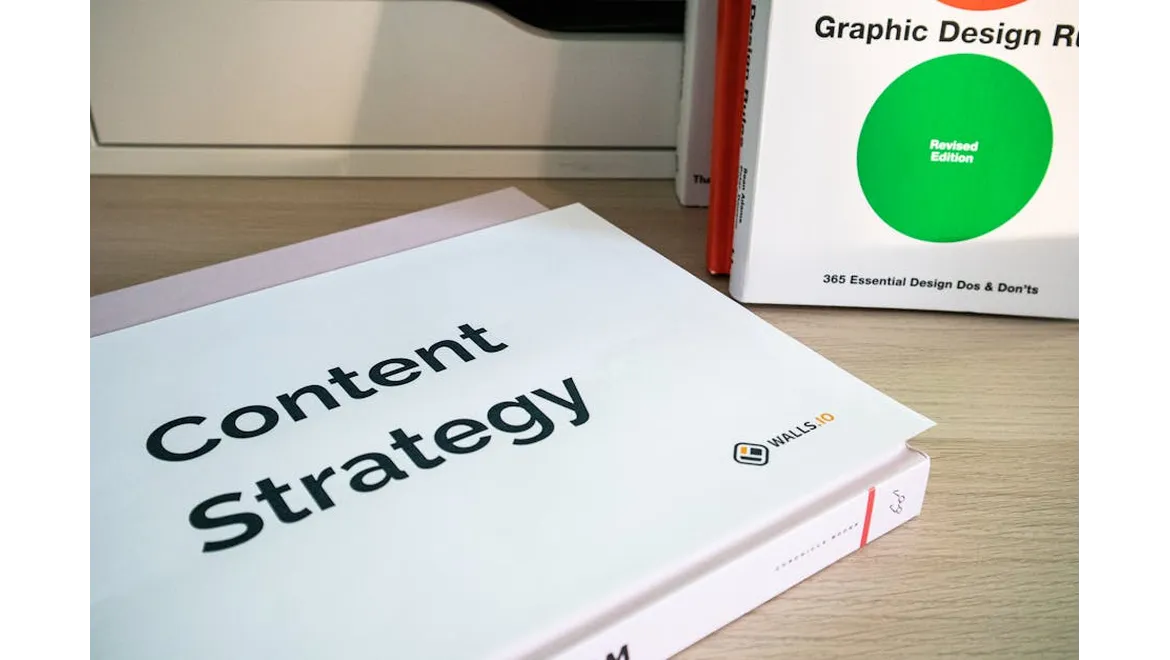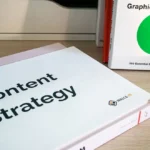Right, let’s talk about something I’m genuinely passionate about: leveraging Facebook data to fuel a truly effective content strategy. It’s not just about posting pretty pictures and hoping for the best; it’s about understanding your audience on a deeper level and crafting content that resonates. I’ve been wrestling with this for a while now, and I want to share what I’ve learned so you can avoid some of the pitfalls I stumbled into.
The Data Goldmine: What to Mine and How
Facebook is a treasure trove of information, but you need to know what to look for and how to extract it. I’m talking about more than just vanity metrics like likes and shares. We need to dig into the real juicy stuff.
-
Facebook Insights Deep Dive: Start with Facebook Insights. It’s your free, readily available resource. Pay attention to:
- Audience Demographics: Who are they? Age, gender, location, interests – build a clear picture.
- Post Performance: Which posts are getting the most engagement (comments, shares, clicks)? What format are they? Videos? Images? Links? Which call to actions are most effective?
- Page Views and Actions on Page: Where are people coming from, and what actions are they taking on your page?
-
Facebook Pixel Power: If you’re running ads (and you probably should be!), the Facebook Pixel is essential. It tracks user behaviour on your website after they’ve clicked on a Facebook ad. This allows you to:
- Retargeting Magic: Show ads to people who have visited specific pages on your site. Selling shoes? Target users who viewed your ‘boots’ page.
- Custom Audiences: Create audiences based on website activity, email lists, or even app usage.
-
Social Listening Tools: Go beyond your own page. Tools like Brandwatch or Mention can track mentions of your brand, competitors, and relevant keywords across Facebook and the wider web. This allows you to:
- Identify Trending Topics: See what people are talking about right now in your industry.
- Understand Sentiment: Gauge how people feel about your brand and your competitors. What are their pain points? What are they raving about?
Turning Data into a Killer Content Strategy
Okay, so you’ve got the data. Now what? This is where the magic happens. It’s time to translate those insights into a content strategy that’s laser-focused on your audience’s needs and interests.
-
Content Pillars Aligned with Audience Interests: Based on your audience demographics and interests, define 3-5 core content pillars. These are broad topics that resonate with your target audience and align with your business goals. For example, if you sell outdoor gear, your pillars might be: ‘Hiking Adventures’, ‘Camping Tips’, ‘Sustainable Outdoor Practices’, and ‘Gear Reviews’.
-
Content Formats That Convert: The data tells you what formats people are engaging with. If video tutorials are crushing it, create more of them! If short, punchy text posts are performing well, double down on those. Don’t be afraid to experiment! A key way to ensure this happens is by creating a structured process in your content marketing, ensure you have a way of collecting and documenting information on post performance. This will stop the team making assumptions on what performs well, when in fact, the data may tell a different story!
-
Capitalising on Trending Topics (Responsibly): Social listening tools will highlight trending topics. Jump on these opportunities, but be careful! Ensure the topic is relevant to your brand and that you can add value to the conversation. Don’t just chase trends for the sake of it. It can feel disjointed and come across as inauthentic. Instead, think ‘how can I add my brand’s unique twist to this trend?’
-
Creating Engaging Content: There are a few key considerations to keep in mind when considering your content.
- Authenticity: Be real, be genuine, and be yourself. People can spot a fake a mile away.
- Value: Provide useful information, solve problems, or entertain your audience. Don’t just sell, sell, sell.
- Interactivity: Ask questions, run polls, host live Q&A sessions. Encourage engagement!
Putting it All Together
The beauty of this approach is its iterative nature. You’re constantly collecting data, refining your content strategy, and measuring the results. The key is to be agile, adaptable, and always willing to learn. Think of it as a continuous feedback loop. If something isn’t working, ditch it! Try something new! The only way to truly succeed is to constantly test, measure, and optimise. I have learnt this over the years, it takes time to dial in what content performs best for which target audience but once this information is acquired the results can be truly transformational to any brand.











